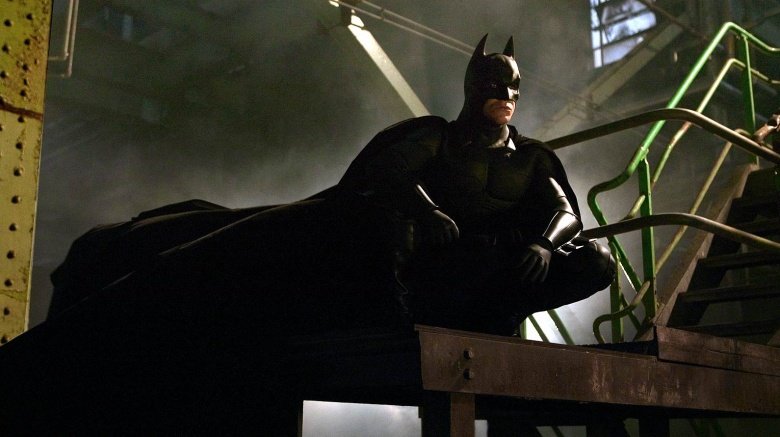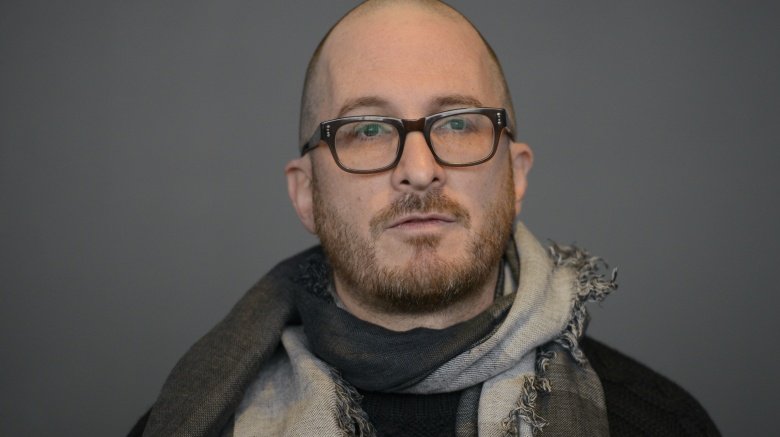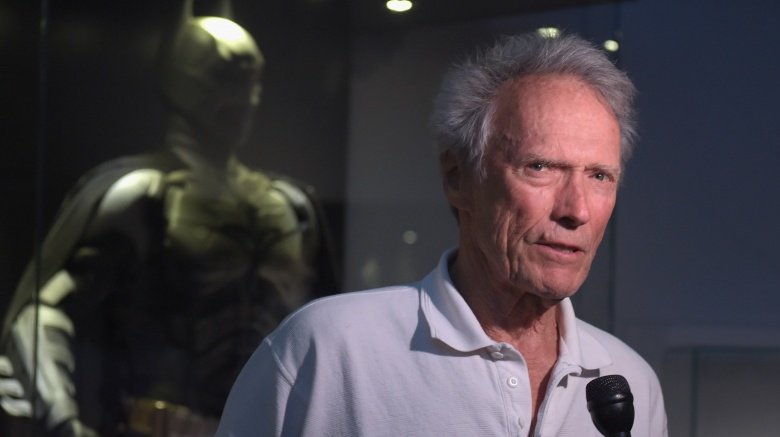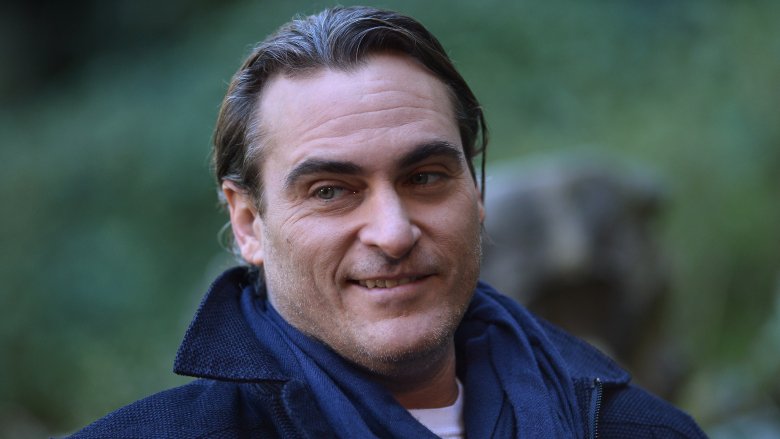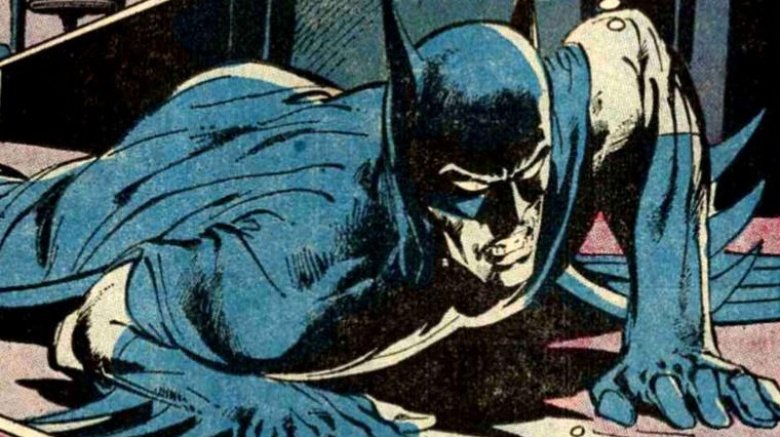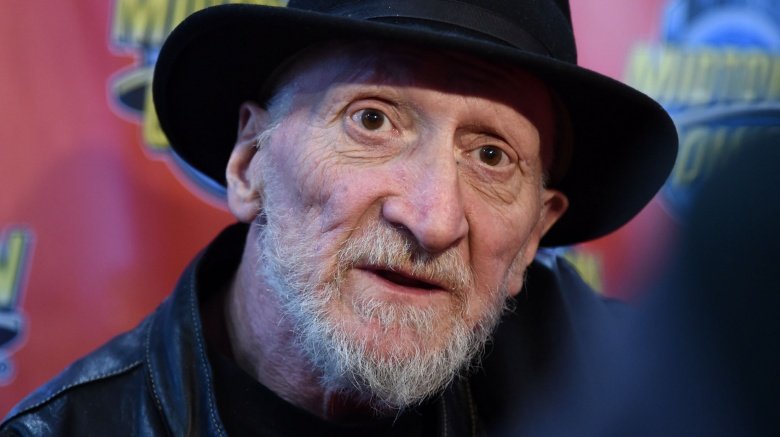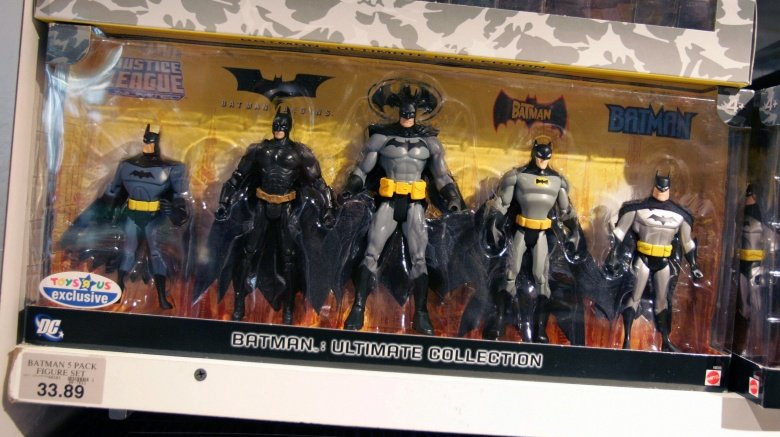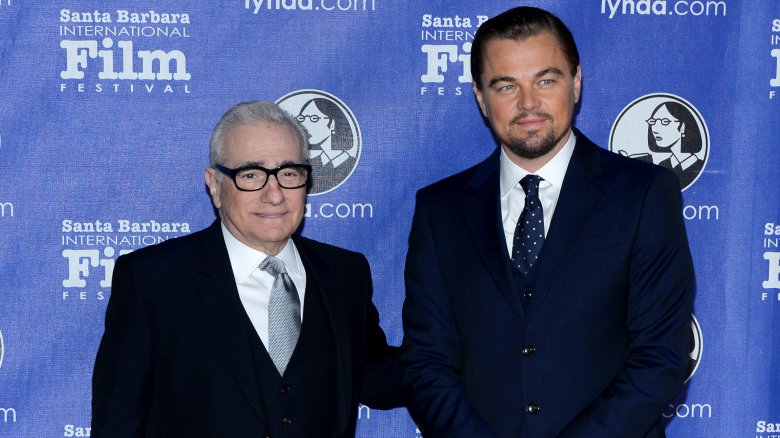Why Aronofsky's Batman: Year One Never Got Made
We may receive a commission on purchases made from links.
Despite the declining success of the Batman film franchise in the '90s with Batman Forever and Batman & Robin, Warner Bros. knew that in the right hands, the character was still a goldmine — and even though two-time Batman director Joel Schumacher was ready to go with concepts for another installment, the studio wanted to start fresh. In Hollywood, that translates to throwing a bunch of cash at a hot young director and hoping he has the chops to pull off a huge tentpole project. That's how Darren Aronofsky, fresh off of blowing everyone's mind with his directorial debut, Pi, got a deal to pen a screenplay with Frank Miller, the author of many Batman comics, including Batman: Year One. And while elements of Year One would eventually influence Christopher Nolan's Dark Knight trilogy, Aronofsky and Miller's screenplay never got developed. Here's why.
Prequels weren't really a thing yet
Prequels, sequels, spinoffs, and loose adaptations are basically the only projects big movie studios want to get involved with these days. They want a built-in audience, guaranteed to consume any new stories containing characters they already love. Nothing is off limits, to the point where the Spider-Man franchise is now on its second reboot, with a now-integrated MCU plot and a completely new cast. But in 1999, successive sequels were the name of the game, so when Aronofsky and Miller decided to wipe the entire timeline of the Batman film history and start at the beginning, we have to believe the studio was slightly hesitant at the jump. Although the alluring possibility of new characters, a different suit, gadgets, and Batmobile, which all translate to new toys and merchandise, was probably the deciding factor in Warner Bros. taking the leap of faith.
Bait and switch
The perception that Batman: Year One was going to be Aronofsky's big break is a bit of a fallacy since he was already in production on Requiem for a Dream when Warner Bros. approached him. Granted, that was a much smaller, independent project, but it's not like he wasn't getting films made. In fact, he was already angling to do The Fountain at this point, which he saw Year One as a possible "in" for, according to the book Billion Dollar Batman (via We Minored In Film). He thought if he proved to Warners that he could handle a big budget, they would greenlight The Fountain — which they eventually did in 2006.
"It was a kind of bait and switch strategy," Aronofsky said, adding, "I was thinking, 'Is Warners [sic] really gonna give me $80 million to make a film about love and death after I come off a heroin movie?' So my theory was if I can write this Batman film and they could perceive me as a writer for it, then maybe they'd let me go ahead, which worked out great until Brad Pitt quit."
With a budget of $35 million and a lifetime worldwide gross of around $16 million, The Fountain performed worse than a Batman film consisting of nothing but stick figure drawings and a guy mouthing punching sound effects probably would have, so we can't imagine Warner Bros. was too thrilled with that decision.
Wait, Clint Eastwood as Batman?
According to David Hughes' Tales From Development Hell, Aronofsky's practically offhanded pitch is what intrigued Warner Bros. enough to give him a crack at The Caped Crusader. He told them "I'd cast Clint Eastwood as the Dark Knight, and shoot it in Tokyo, doubling for Gotham City," which either sounded like a great idea — or was at least a gutsy enough move to make them to want to hear more. Ultimately, what Aronofsky was getting at was the now infamous "dark and gritty" tone that's sort of become the signature of DC film and TV properties. He wanted to explore what it would take "for a real man to put on tights and fight crime," which is why his version of Batman would eschew the traditional Bruce Wayne playboy by day/vigilante crimefighter by night dynamic that audiences were familiar with. So that means that before even typing the words "Fade in," Aronofsky's already erased any preconceived notion of the character of Batman, as well as the possibility of fan favorite villains showing up. What could go wrong?
Just kidding, he meant Joaquin Phoenix
Since Aronofsky was comfortable going way out of the box for his version of the World's Greatest Detective, it shouldn't come as a surprise that his actual, non-Eastwood choice for lead actor was a bit strange. According to a 2017 Yahoo! interview, Aronofsky was dead-set on casting Joaquin Phoenix as his younger Bruce Wayne. It's an objectively odd choice for the role, especially considering this was pre-Gladiator, pre-Walk The Line, and pre, well ... anything notable that Phoenix has now done in his now varied and esoteric career.
But the unusual casting notion squares with Aronofsky's overall approach to the project, which he described as "just sort of out of time with our idea," meaning Hollywood was still just diving into the comic book adaptation biz, and generally looking for more straightforward films. The visionary director also said that he thinks by now, almost two decades later, comic film audiences have "seen enough comic films that they're game for that," and he might be onto something. After all, remember when Jon Favreau had to fight Marvel to get Robert Downey Jr. cast as Tony Stark? Yeah, that, uh ... seems to have worked out.
Darkness, No Parents
The Year One comic loosely resembles Batman Begins inasmuch as it follows Bruce Wayne's homecoming after 12 years of travel and training to find Gotham rife with corruption. He befriends a young Jim Gordon and the two take down gangsters within Carmine Falcone's mob apparatus. Despite citing Year One as their inspiration, Aronofsky and Miller changed lots of aspects of the comic for the screenplay. This results in a young Bruce Wayne either living above a mechanic's garage, or basically as a bum and short order cook, educating himself mostly with books, and creating his own gadgets and weapons until finally deciding to accept his fortune, travel the world, and become Batman. The big takeaway, according to Miller, was that the script just strayed too far from traditional Batman storylines, and included elements like prostitution while painting Jim Gordon as basically a suicidal depressive. Considering PG-13 is as far as Warner Bros. had ever gone with Batman, this certainly falls far from "fun for the whole family!"
Frank Miller was a filmmaking novice
With only Robocop 2 and Robocop 3 as screenwriting credits at this point, Frank Miller admitted he had much to learn about the movie business. Again from We Minored In Film, Miller said "I had to learn a lot more about the restrictions" — specifically speaking about budgets and casting, but also about how he and Aronofsky "kind of went crazy with it." He was also talking about the deviations from the source material, and the fact that they gleefully deconstructed what previously was a marketable, family-friendly character that the studio could stand to lose tons of money on. That's a childishly charming, albeit dumb way to get yourself rapidly excused from this type of giant project, although 300 and Sin City were both products of a creatively unrestrained Miller, so maybe Warner Bros. missed an opportunity. Ooh, what about Mickey Rourke as Alfred? Never mind, they made the right call here.
Toys. Did we mention these things are about selling toys?
Recounting "a shriek of horror" by the studio in response to their screenplay, Miller quickly realized Batman: Year One probably wasn't going much farther in the process. For whatever reason, Warner Bros. thought the guy making a movie about heroin addiction paired with a guy who wrote dark, edgy comic book storylines were going to crank out a script worthy of a Burger King tie-in. Because after all, that's what comic book movies are really about: merchandise.
Miller spelled it out clearly when he recalled being told by the brass that the project wasn't moving forward. "The executive wanted to do a Batman he could take his kids to," Miller told The Hollywood Reporter, adding, "And this wasn't that. It didn't have the toys in it."
Granted, kids would probably wear a t-shirt that featured Batman tying a naked Carmine Falcone to a bed, but their parents might be less than thrilled. Less than thrilled parents don't buy toys they disapprove of, and they also write nasty letters to movie studios. None of this should ever be even a remote consideration for a Batman movie, and that ultimately is what sunk Year One.
Martin Scorsese's Joker project might be close
Now that comic book films are the go-to tentpoles for giant studios like Disney, Sony, Universal, and Warner Bros., there's more of a willingness to greenlight alternative visions of certain properties. This is particularly true of characters like Wolverine and Iron Man, who have each appeared in over half a dozen films each as of this writing. Which brings us to director Todd Phillips' upcoming Joker origin film, which will be "set in Gotham City in the early 1980s."
The big buzz for the standalone Joker film is that legendary director Martin Scorsese will be executive producing — which, of course, has already led to speculation that his frequent headliner Leonardo DiCaprio could possibly snag the lead role. But it's the early word on the film's aesthetic that sounds familiar to Aronofsky. "I hear the way they're talking about the Joker movie and that's exactly — that was my pitch," he told First Showing, adding, "I was like: we're going to shoot in East Detroit and East New York. ... We were all about reinventing it and trying to make it more Taxi Driver visceral."
As of this writing, there are scant other details for the Phillips/Scorsese Joker project, but it sounds like for heartbroken would-be Year One fans, this could be their closest shot at seeing Aronofsky's vision of the Batman universe on the big screen.
